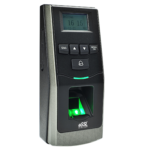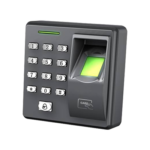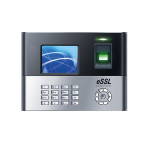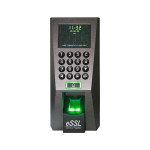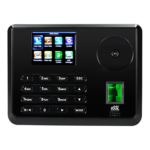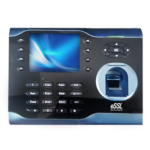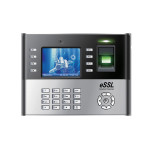Fingerprint Access Control, also called fingerprint scanning, is the process of electronically obtaining and storing human fingerprints. The digital image obtained by such scanning is called a finger image. In some texts, the terms fingerprinting and fingerprint are used, but technically, these terms refer to traditional ink-and-paper processes and images.
Fingerprint access control systems have become increasingly popular in recent years due to their accuracy, convenience, and security features. These systems use biometric technology to identify individuals based on their unique fingerprints, enabling access to secure areas or devices only to authorized personnel. In this essay, we will explore the benefits of fingerprint access control systems and how they work.
One of the main advantages of fingerprint access control systems is their high level of accuracy. Unlike traditional access systems that rely on cards or keys, which can be lost or stolen, a fingerprint is a unique identifier that cannot be duplicated or forged. This means that only authorized personnel can gain access to secure areas or devices, ensuring a higher level of security.
Another benefit of fingerprint access systems is their convenience. With traditional systems, employees often need to carry multiple cards or keys to gain access to different areas or devices, which can be cumbersome and time-consuming. With a fingerprint access control system, however, all that is needed is a simple scan of the fingerprint, making it much more efficient and user-friendly.
In addition to their accuracy and convenience, fingerprint access control systems are also highly secure. They can be programmed to only allow access to specific individuals and can keep a record of who has gained access to secure areas or devices, providing an audit trail that can be used for accountability and security purposes. This makes them an excellent choice for organizations that require a high level of security, such as government agencies, financial institutions, or research facilities.
So, how do fingerprint access systems work? The process is relatively simple. First, the system scans an individual’s fingerprint and creates a digital image of it. This image is then compared to a pre-existing database of authorized personnel to determine whether access should be granted or denied. If the fingerprint matches an authorized individual, access is granted. If the fingerprint does not match, access is denied, and an alert can be sent to security personnel.
In conclusion, fingerprint access systems provide a high level of accuracy, convenience, and security that traditional access control systems cannot match.
Their use of biometric technology ensures that only authorized personnel can gain access to secure areas or devices, providing an extra layer of protection for organizations that require it. As the technology continues to evolve, we can expect to see even more advanced fingerprint access control systems in the future.
